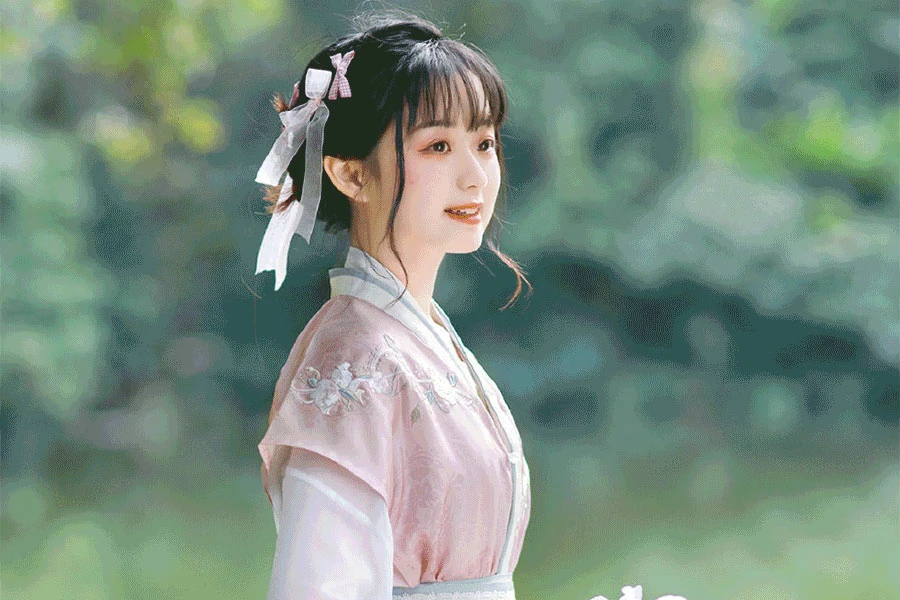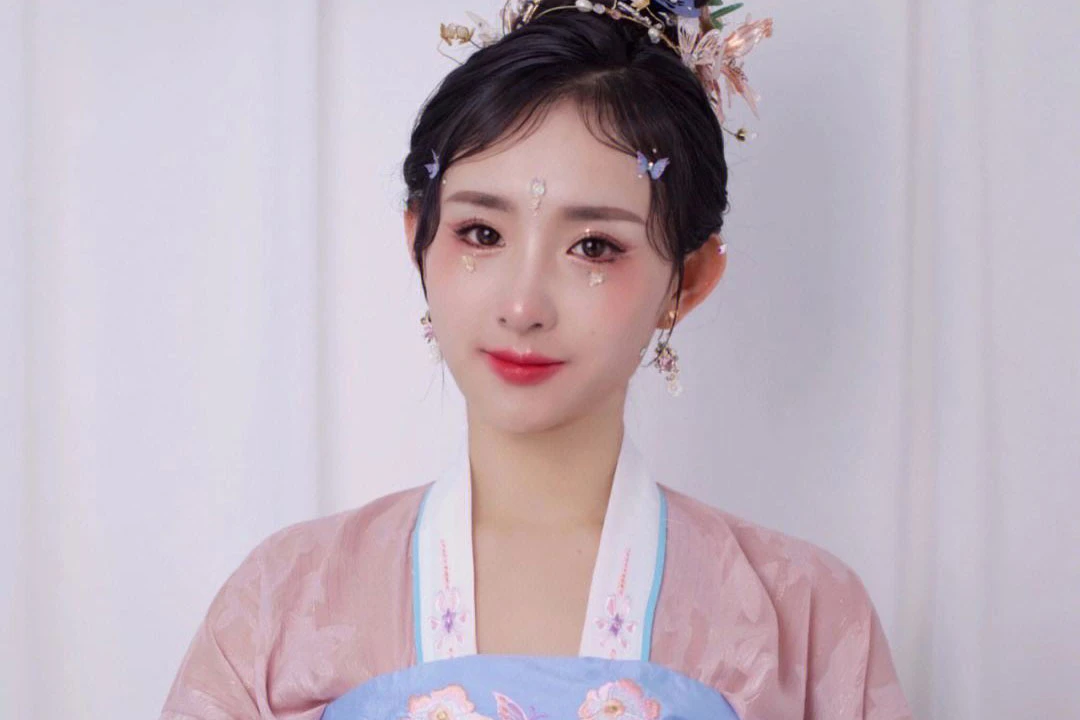As interest in hanfu grows among Chinese youth worldwide, some students wish to integrate the traditional dress into their academic life. However, choosing suitable hanfu styles and colors for school environments deserves consideration around dress codes, activity levels, and cultural nuances. By understanding versatile options, students can respectfully incorporate hanfu into their scholarly routines.
Here is a simple guide discussing choosing hanfu styles and colors for kids and students to wear to school.
Evaluating School Dress Code Policies
Most schools maintain dress codes delineating appropriate attire. While rarely intended as discriminatory, prohibitive policies on cultural clothing often disproportionately target minority groups’ expressions of identity. Students wishing to wear hanfu in school should proactively review their codes for:
– Bans on particular clothing types that may restrict hanfu pieces like changshan tops or certain headwear. However, hanfu scarves or jewelry may be permitted accessories.
– Restrictions on silhouettes, like loose styles that could limit hanfu’s flowing robes. But straight modernized cuts could comply.
– Limitations on fabrics, which may preclude lighter silk pieces prone to staining but permit sturdy cotton blends.
– Rules on hem, neckline and shoulder coverage that align with hanfu modest designs.
– Colors allowed – some schools prohibit brightly-hued pieces, limiting hanfu palette options.
– Safety considerations around loose sleeves or tripping hazards that would affect flowing styles.
By understanding these policies’ rationales while advocating for inclusive expression, compromises accommodating both institutional needs and cultural representation may be possible.

Selecting Styles for the School Day
Students should also evaluate practical factors in choosing hanfu styles conducive to active study:
– Mobility – Pieces should enable free movement and flexibility for physical activities like gym class, recess, or navigating between classes quickly. Avoid heavily restrictive or multilayered styles.
– Comfort – Fabrics that breathe well and regulate temperature will maximize comfort for long school days. Lightweight cotton or linen blends tend to work better than silks.
– Care – Opt for washable, durable fabrics in darker colors that minimize visible staining, wrinkling, and wear-and-tear throughout the rigor of classroom use.
– Versatility – Adjustable jacket, skirt, and pant styles allowing easy layering and removal to adapt to fluctuating indoor and outdoor temperatures generally offer the most versatility.
– Accoutrements – Any accessories like jewelry, hairpieces, and scarves should comply with accessory codes. Prioritize simple pieces that won’t snag.
– Individual factors – Consider each student’s unique sensibility, confidence level, and age appropriateness when selecting garment styles to incorporate hanfu respectfully.
With some adaption, various hanfu pieces can be compiled into school-friendly ensembles meeting dress codes, like swapping a silk changshan shirt for a cotton version.
Hanfu Color Choices
Beyond style factors, students pondering which hanfu colors to wear to school should evaluate:
– Dress codes on approved colors – Many schools allow any color as long as it is deemed modest and inoffensive. Some prohibit certain hues like red or black. Review policies.
– Cultural color symbolism – Avoid colors like yellow and patterned black traditionally reserved for Chinese imperial families due to Qing dynasty edicts unless meanings are understood.
– Personal preference – While traditional color aesthetics had meaning, today’s students can enjoy self-expression. Pick hues reflecting their individuality.
– Occasion symbolism – Some hanfu colors carry special cultural significance, like red for holidays or white for academic events. Colors can align with activities.
– Statement considerations – Bold red and gold hues make proud statements of cultural identity. Softer neutral tones integrate subtle heritage representation into school routines.
– Confidence factors – Students less comfortable drawing pronounced attention may prefer lighter solid pieces to vividly patterned ones. Build up bolder palettes.
– Age dynamics – Younger children generally have more leeway for vibrant styles. Older students may gravitate towards sophisticated dark classic hues.
Hanfu’s collection of culturally meaningful colors provides diverse options for students to thoughtfully weave heritage into academic dress.
Other Cultural Sensitivity Factors
Beyond dress codes and wardrobe considerations, wearing hanfu in school merits reflecting on:
– Motivations – Is the intention to celebrate cultural identity or provoke reactions? cultural pride should anchor wearing choice to foster understanding.
– Context dynamics – Is the school’s social climate respectful or rife with racial tensions? Avoid potentially dangerous confrontations.
– School event appropriateness – Field trips or cultural festivals present safer environments to debut hanfu versus ordinary days.
– Reception concerns – Younger students may be curious about an unfamiliar dress, while older ones could show insensitivity. Gauge reactions.
– Cultural education – Be prepared to thoughtfully answer questions about hanfu cultural significance as a teaching moment.
While school policies and practical factors are important, the cultural implications require care from both students and institutions. With sensitivity and courage, students can proudly embrace wearing hanfu for school in empowering ways.

